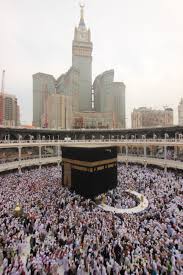
Sarah Brooks
ARTH 302e: Cultural Heritage & the Islamic World
Online-Asynchronous, 6W2 [6/29-8/7]
Why does preserving cultural heritage matter? How do enduring monuments define identity: personal, local, religious, cultural, and national? Can art create dialogue and understanding? Our course highlights the study of visual culture. It allows us to step outside of our own biases and comparatively study the artistic traditions of Islam around the world, including in the Middle East, Africa, and throughout the Mediterranean World. We will consider major monuments and issues, from the founding of the new faith in the early seventh century CE, up until today. Readings, discussion, collaborative teamwork, and individual research and writing make up the core of our work together. We will focus on the traditions of the faith, and the artistic, social, political, financial, and ethical challenges to preserving Islam’s most significant monuments around the world. The major case study we will critically examine together is the Kaaba, the most important cultural heritage monument in Islam. The Kaaba, “cube” in Arabic, is located in the city of Mecca in the modern nation-state of Saudi Arabia. Nearly 1.5 million pilgrims visit the Kaaba every year, including members our own campus and local communities. We will also ask some of the most challenging questions about art in the 21st century: can art counter misconceptions about a culture different from one’s own? Can art lead to global understanding?
